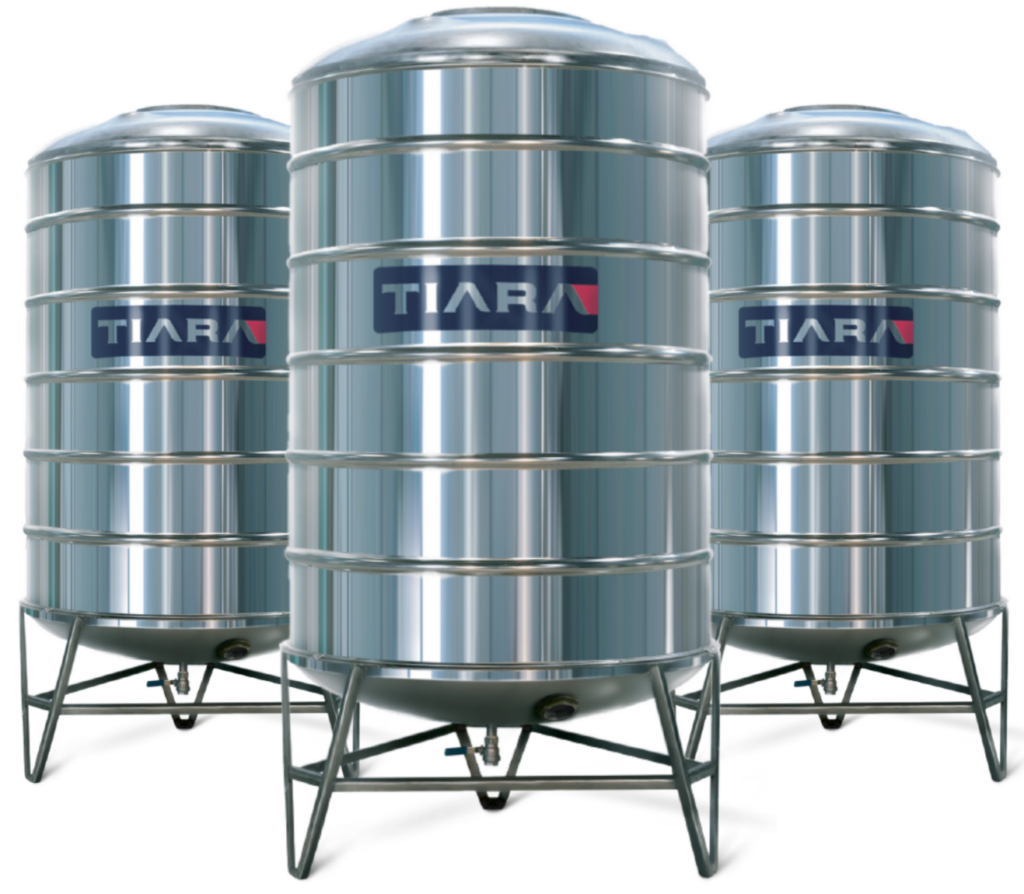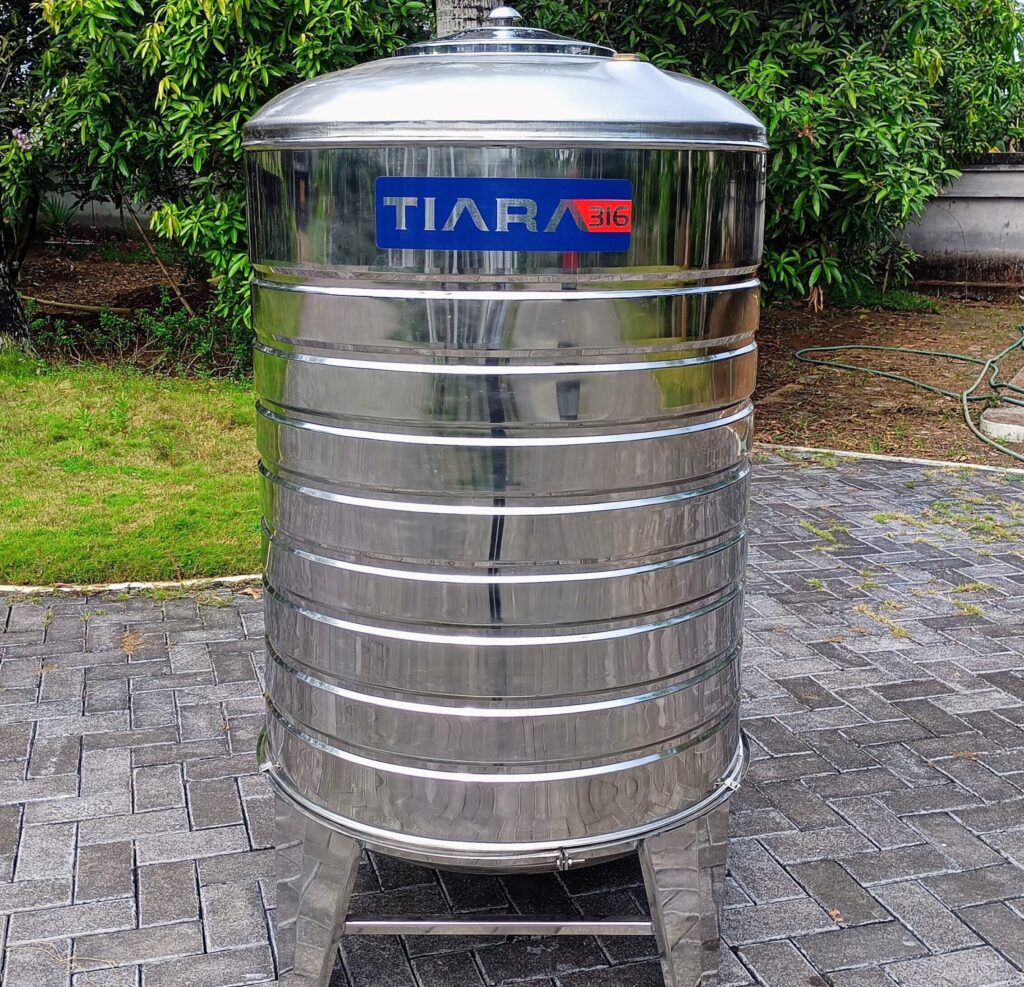
Selecting the right size stainless steel water tank for your home is crucial for ensuring a reliable and efficient water supply. An appropriately sized tank not only meets your household’s needs but also optimizes space and investment. Here’s a comprehensive guide to help you determine the ideal tank size for your home.
Assess Household Water Consumption
Assess Household Water Consumption
The first step in choosing the right size water tank is to evaluate your household’s water consumption. This includes daily usage for drinking, cooking, cleaning, and other activities. On average, a family of four typically uses about 400-600 liters of water per day. To determine your specific needs, consider the following:
Daily Usage: Estimate your daily water usage based on the number of people in your household and their water consumption habits.
Peak Demand: Account for peak usage times, such as during mornings and evenings, when water demand is higher.
Future Needs: Consider potential changes in household size or lifestyle that might affect water consumption.
Determine the Tank Size
Once you have a clear understanding of your water needs, you can determine the appropriate stainless steel tank size. Water tanks are available in various capacities, typically ranging from 500 liters to over 10,000 liters. To decide on the right size:
Calculate the Required Capacity: A common rule of thumb is to have a tank that can store at least two to three days’ worth of water for your household. For example, if your daily usage is 500 liters, a tank with a capacity of 1,000 to 1,500 liters would be suitable.
Consider Usage Patterns: If your household experiences fluctuations in water usage or if you have a large family, opt for a larger tank to accommodate peak demands and provide a buffer for unexpected situations.
Evaluate Available Space
The physical space available for installing the water tank is a crucial factor in selecting the right size. Stainless steel tanks are durable and often come in various shapes, including vertical and horizontal models. Consider the following:
Installation Area: Measure the space where the tank will be installed, including height, width, and depth, to ensure it fits comfortably.
Access and Maintenance: Ensure that there is adequate space around the tank for installation, maintenance, and future repairs. This is important for tanks with larger capacities that may require more space.

Choose the Right Type of Stainless Steel Tank
Stainless steel water tanks come in different grades and finishes. Choosing the right type can impact the tank’s durability, maintenance requirements, and cost. Consider the following:
Grade of Stainless Steel: Tanks are usually made from grades such as 304 or 316 stainless steel. Grade 304 is suitable for most residential applications, while Grade 316 is more resistant to corrosion and ideal for harsher environments.
Finish and Coating: Look for tanks with a smooth, corrosion-resistant finish to reduce maintenance and ensure longevity.
Assess the Quality and Warranty
The best quality and warranty of stainless steel tanks are important factors in ensuring the longevity and performance of your water tank. Check the following:
Manufacturer Reputation: Choose a reputable manufacturer known for producing high-quality stainless steel tanks.
Warranty Coverage: Review the warranty terms offered by the manufacturer, which should cover defects in materials and workmanship. A longer warranty period often indicates higher confidence in the product’s quality.
Consider Additional Features
Some stainless steel water tanks come with additional features that can enhance their functionality and convenience. These may include:
Float Valves: For automatic filling and preventing overflow.
Level Indicators: To monitor the water level and manage usage efficiently.
Insulation: For maintaining water temperature and reducing energy costs.
Budget and Cost Considerations
Finally, consider your budget and the overall cost of the tank. While stainless steel water tank prices are typically more expensive than plastic or fiberglass alternatives, their durability and longevity can offer better value in the long run. Balance the initial investment with the tank’s expected lifespan and maintenance costs to make an informed decision.
Conclusion
Choosing the right size stainless steel water tank involves evaluating your household’s water consumption, available space, and budget. By assessing these factors and considering additional features, you can select a tank that meets your needs efficiently and provides reliable water storage for years to come. Investing in a high-quality tank and proper installation will ensure that you have a dependable water supply and avoid potential issues in the future.


